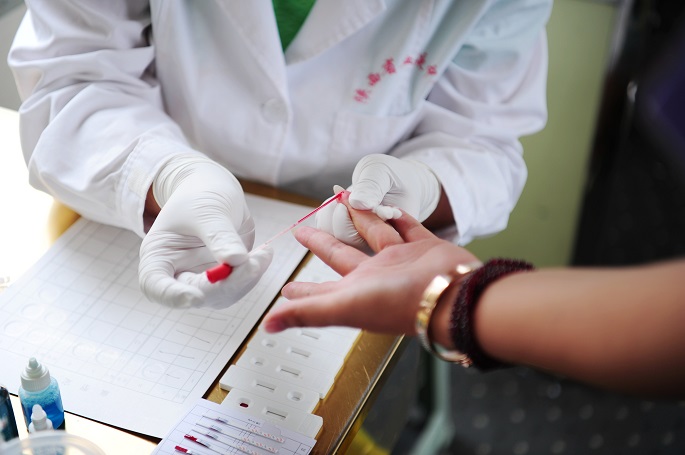Researchers propose 5 distinct types of diabetes
Published : 02 Mar 2018, 23:39
Updated : 03 Mar 2018, 06:18
A study suggests a completely new classification of diabetes, separating adult-onset diabetes cases into five different types.
The refined classification provides a powerful tool to individualize treatment and identify individuals with increased risk of complications already at diagnosis, said a press release issued by the University of Helsinki.
Rates of diabetes are increasing worldwide, representing a significant cause of ill health worldwide. Today, about 425 million people around the world have diabetes.
Diabetes is currently divided into type 1 diabetes, type 2 diabetes and a number of rare diabetes subtypes. Majority of the cases (85–90 %) are diagnosed as type 2 diabetes.
“Current diagnostics and classification of diabetes are insufficient and unable to predict future complications or choice of treatment,” says lead author of the study,
Professor Leif Groop from Lund University Diabetes Centre (LUDC) and University of Helsinki.
The researchers were able to distinguish five distinct diabetes subtypes that differ from today’s classification. The new classification is based on six measurements that reflect key aspects of the disease: age at diagnosis, body mass index (BMI), long-term glycaemic control, insulin resistance, insulin secretion, and presence of auto-antibodies associated with autoimmune diabetes.
“Today, diagnoses are performed by measuring blood sugar. A more accurate diagnosis can be made by also considering the factors accounted for in our study. This is the first step towards personalised treatment of diabetes,” explained Groop.
The major difference from today’s classification is that type 2 diabetes actually consists of several sub-groups. Each group has significantly different patient characteristics and risk of diabetic complications, especially diabetic kidney disease. All five types of diabetes were also genetically distinct.


